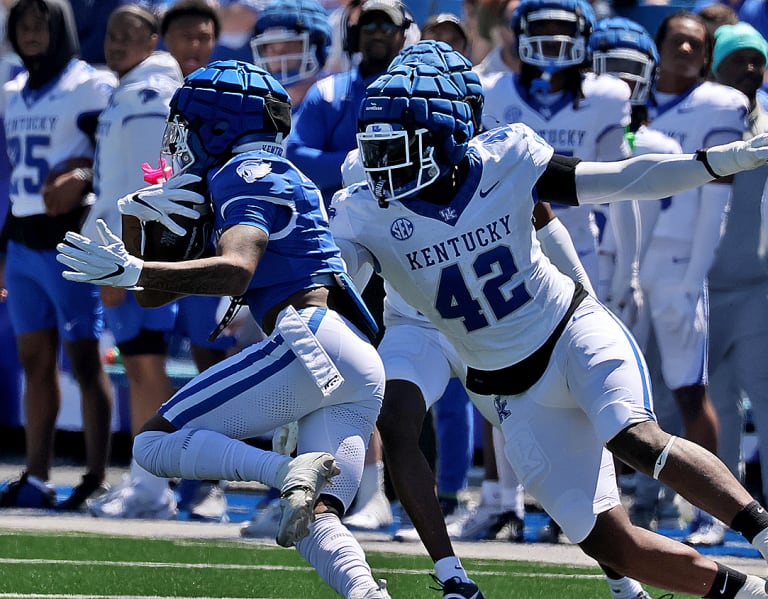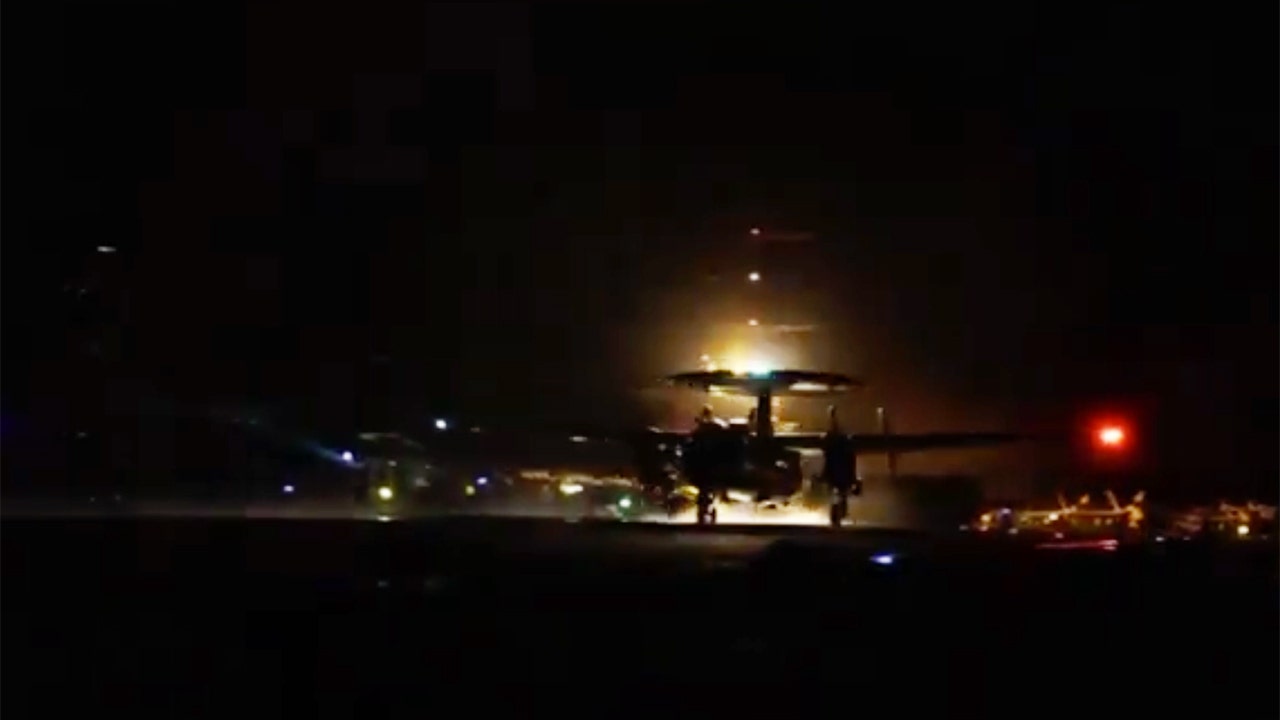NEW GLARUS — There was no shortage of places we could have met.
Sawmill Pizza and Brewshed in Clear Lake in northwestern Wisconsin would have been tasty. Frog Bay Tribal National Park in Red Cliff would have been picturesque. And Ten Chimneys in Genesee Depot enriching.
But with our schedules tight and since we both live in Madison, we chose a short trek to New Glarus. This is where travel writer Mary Bergin and I sat at a square wooden table and below one of the 110-year-old murals inside Puempel’s Olde Tavern and talked about her new book, “Small-Town Wisconsin.”
Puempel’s Olde Tavern in New Glarus was established in 1893 and remains a popular stop.
It was a Tuesday afternoon, so the scene was a bit more raucous, thanks to the weekly euchre game that has been a staple for the past 13 years for Dianna Truttmann, Jane Martinson, Barb Anderson and Rosalie Huntington.
Other customers nibbled away at cheese plates, some nursed taps of Hamm’s and Moon Man while the tavern’s owner, Chuck Bigler, anchored the north end of the bar. As we were leaving, he offered up an impromptu history lesson of the place that was established in 1893 by Swiss immigrants Joseph and Bertha Puempel and later owned by Otto Puempel for an astonishing 58 years. Bigler is just the third owner after taking over in 1993 and is a lifelong resident of this Green County village.
People are also reading…

Chuck Bigler, who is only the third owner of Puempel’s Olde Tavern, purchased the New Glarus business in 1993.
“It’s like something wraps itself around you and won’t let you leave,” said Bigler, who retired last year from his full-time job of 40 years at a local car dealership. “And never once in my 71 years have I ever had an inkling to not be here.”
For Bergin, Puempel’s is the epitome of community and is among the many inspirations for her book that features 50 small towns and pays homage to 100 others, all of them in Wisconsin and each under 5,000 people.

Mary Bergin has been writing about travel and Wisconsin for 35 years. She recently published “Small-Town Wisconsin.”
There is only one Puempel’s (pronounced pimples), but scores of communities throughout Wisconsin are loaded with their own stories, people and places. “Small-Town Wisconsin” (Globe Pequot), which Bergin began researching in fall 2021 to hit a deadline five months later, serves as a guide and has come out just as the state’s tourism season is kicking into high gear.

Mary Bergin began researching her book in fall 2021 to hit a deadline five months later.
“Tourism is a healthy, good industry for a town to invest in. It can be good for a local economy and is very good for some of the economies that are in this book,” said Bergin, who has written five other books on travel and food.
“I think too often the communities that get the most attention in tourism are the destinations that are big and loud about it, meaning a deep marketing budget. But there’s more than that.”

Mary Bergin’s curiosity and taste for Wisconsin rarely wanes. On a recent trip to New Glarus she stopped into the New Glarus Bakery, an institution in the village since 1910.
Euro-cultured
While Kohler and Wisconsin Dells, both of which draw international crowds, are in the book, Bergin points to the Ozaukee County community of Belgium as one of her “under-the-radar” destinations. Located along Highway 43 between Port Washington and Sheboygan and just west of Harrington Beach State Park, the village of 2,245 people has embraced its heritage and is home to the International Luxembourg American Cultural Society and Center.
Built in 2009 under the auspices of Luxembourg’s Ministry of Culture, the center features the “Roots and Leaves Immigration Museum” and is the only cultural center in the world celebrating the heritage and culture of Luxembourgers.

Mike Higbie, of Monticello, sits outside of Puempel’s Olde Tavern with his 2-year-old blue Doberman, Zeus, in downtown New Glarus.
According to its history on the village’s website, when many of the immigrants began settling in the area in the 1800s much of Luxembourg had been annexed by Belgium. So people who lived in the area began to refer to their new home as the “Belgium area” because the settlers, while ethnically Luxembourgish, were citizens of Belgium when they left Europe. The area continues to be home to one of the largest populations of Luxembourg immigrants and their descendants in the country.
“The attention that the country of Luxembourg pays to Belgium is astounding,” said Bergin. “I would even argue that (former Milwaukee Mayor) Tom Barrett is U.S. ambassador to Luxembourg in part because of the respect that Belgium gets from Luxembourg. It’s a big deal.”
Bergin, 67, is well acquainted with her subject matter. She grew up on a dairy farm in Hulls Crossing, a hamlet just north of Greenbush in Sheboygan County. She spent first grade in a one-room schoolhouse and remembers when the local cheese factory was destroyed by fire. When she was in high school she waited tables at the resorts in nearby Elkhart Lake.

New Glarus is one of 50 communities featured in Mary Bergin’s book.
Early memories
After graduating from UW-Oshkosh, she spent two years working at newspapers in Oklahoma and Kentucky before returning to Wisconsin, where she spent 20 years writing for The Capital Times in Madison and in 2006 wrote the book “Sidetracked in Wisconsin: A Guide for Thoughtful Travelers.” After leaving the paper in 2008, she dove into freelance writing with a focus on travel pieces, primarily in the Midwest. Her books also include “Hungry for Wisconsin” in 2008 and “The Wisconsin Supper Club Cookbook” published in 2015.
“Small-Town Wisconsin” builds on her work and is the ideal companion for road trips and perfect for the glove box.
“The soul of who we are as Wisconsinites — loyal, quirky, down to earth, humble — takes root with how and where we are raised,” Bergin wrote in the book’s introduction. “For many, our earliest memories are of life in or near a small town.”

Carol Allen plants geraniums in a window box on the second floor above The Bramble Patch, the business her daughter owns in downtown New Glarus.
The 195-page book, divided into four geographical quadrants, takes readers to five Door County communities, including Washington Island, along with Eagle River, Hurley and Peshtigo, among others in the state’s northeastern region.
There are trips to Spring Green, Gays Mills and Westby in the Driftless Area of southwestern Wisconsin and to the Alpine Valley Music Theater near East Troy and the Yerkes Observatory in Williams Bay in southeastern Wisconsin.
The northwestern part of the state includes treks to Hayward, Chetek, Osseo and to Cornucopia, home to the state’s northernmost U.S. Post Office and the more inviting Apostle Islands National Lakeshore.
Always more to see
And while Bergin does her due diligence on each of the 50 communities featured in the book, she also highlights nearby sites worthy of a visit. For the Dane County community of Roxbury, for example, the focus is on the Dorf Haus and its Bavarian menu, but Bergin also suggests side trips to Wollersheim Winery, along with eagle watching and cow chip throwing across the Wisconsin River in Sauk City and Prairie du Sac.
In Hurley, in far northern Wisconsin, Bergin writes about Silver Street and its proliferation of bars, but also points to the nearby National Finnish American Festival Cultural Center and the Plummer Mine Interpretive Park. And in Algoma, von Stiehl Winery takes center stage, but Bergin also writes about the National Shrine of Our Lady of Good Hope 15 miles to the west.
Back in New Glarus, billed as “America’s Little Switzerland,” Bergin’s book includes a short interview with Beth Zurbuchen, president and CEO of the Swiss Center of North America, but also includes information about New Glarus Brewing Co. and the Chalet of the Golden Fleece Museum, located in the Swiss Alps chalet-style home of Edwin Barlow, who brought the Wilhelm Tell play to America in 1938.
“This is a small community. So to establish a cultural identity takes the participation and commitment of a lot of people. A lot of smaller communities don’t have that. They don’t think they have anything to distinguish themselves from others,” Bergin said as she sipped a 7-Up. “This (community) would be a lot different if people didn’t care. But people care.”
10 festivals for fall fun
1. International Red Panda Day

1. Red Panda Day
Everyone has that one unique relative. Red pandas are a relative of both the giant panda and raccoons, but considered to be in their own unique family — the Ailuridae. Learn more about this adorable mammal during International Red Panda Day 9:30 a.m. to 5 p.m. Sept. 21 at Henry Vilas Zoo, 702 S. Randall Ave. There will be demonstrations, story time, training sessions, and red panda-themed activities.
Admission to the zoo and family-friendly events is free.
More information: www.henryvilaszoo.gov
2. New Glarus OktoberFest

2. Autumn festival
Shake out your lederhosen, it’s time for New Glarus OktoberFest! Celebrate at the big tent in Downtown New Glarus 7-10 p.m. Sept. 26, 6 p.m. to midnight Sept. 27, 8 a.m. to midnight Sept. 28, and 11 a.m. to 6 p.m. Sept. 29. Family-friendly activities include a king and queen contest, wagon rides, tug of war exhibition, tractor pull, craft vendors, farmers’ market, kids’ activities, 5K/10K run and 2-mile walk, and more. Indulge in tasty treats from food stands and be on hand for the ceremonial tapping of a keg of New Glarus Brewery’s Staghorn Octoberfest beer. Live music will be provided by Steve Meisner Band, Zac Matthews Band, Max Drexler Bavarian Brass Band, Mascot Theory, Wheelhouse, Boogie & the YoYo’z, Tom Brusky Band, and The Jimmys. Admission to all New Glarus OktoberFetst events is free.
More information: www.facebook.com/newglarusoktoberfest or www.swisstown.com/events
3. Verona Fall Fest

3. Fall festival
Spend an autumn evening at Verona Fall Festival 4 to 10 p.m. Sept. 27 in Hometown USA Festival Park, 531 E. Verona Ave., Verona. Enjoy live acoustic music in the beer tent and grab tasty treats from Food Truck Alley. Kids will be busy with games, crafts, bobbing for apples, train rides, hay rides, a petting zoo, and more. A bonfire and an outdoor showing of “Monsters University” tops off the family-friendly festival.
More information: go.madison.com/VeronaFallFest
4. Crackle, Fire and Froth

4. Bonfires and brew
Bring your lawn chairs for an autumn evening at Crackle, Fire and Froth in Olbrich Botanical Gardens, 3330 Atwood Ave. Watch the flames of bonfires as you listen to live music, nosh on tasty treats from food carts, and sip frothy micro-brews. Attendees can also view the “GLEAM: Art in a New Light” exhibit during the event.
The rain-or-shine 21-and-over event takes place 7 to 10 p.m. Sept. 27, and again 7 to 10 p.m. Oct. 4. Craig Baumann & The Story will provide the music Sept. 27, and the Cash Box Kings will be performing Oct. 4.
Admission is $25/public, and $20/Olbrich members and can be purchased online. More information: go.madison.com/CrackleFireFroth
5. Harvest Moon Festival

5. Nature fun Shine on at the Harvest Moon Festival 6 to 9 p.m. Oct. 4 at Lussier Family Heritage Center, 3101 Lake Farm Road. The family-friendly evening happens rain or shine and features indoor and outdoor nature exhibits, a moonlit hike, live critters, kids’ tree climb, bonfire, live music, silent auction, and more. Chili, homemade pies, kettle corn, s’mores, and more will be available for purchase.
Admission is $5/person, with children 5 and under admitted free. Military kids are free with parent’s military ID.
More information: www.friendsofcapitalsprings.org/events
6. UW-Madison Homecoming Block Party after the Parade

6. Block party
Connect with Badger buddies Oct. 11 at the UW-Madison Homecoming Block Party in Alumni Park, 724 Langdon St., One Alumni Place, 650 N. Lake St., and the Memorial Union, 800 Langdon St. The party starts after the UW-Madison Homecoming Parade that steps off from State and Gilman Streets at 6 p.m. Oct. 11. You can dance at a silent disco, make crafts, and more, at the family-friendly event. Stay until the end of the night for fireworks!
Admission is free.
More information: www.uwalumni.com/events/homecoming
7. A Gathering of Rogues and Ruffians

7. Renaissance faire
Step back in time to A Gathering of Rogues and Ruffians — A Renaissance Faire 10 a.m. to 5 p.m. daily Oct. 12-13 at Circus World, 550 Water St., Baraboo. Let singers, musicians, jugglers, thespians, and others, entertain you. Trade your gold for the wares of craftspeople, artisans, food merchants, and other purveyors of baubles and trinkets. Youngsters can frolic in the Kids’ Kingdom, and the grownups can partake in the beer garden. Ride a pony, shoot an arrow, and more at the rain-or-shine family-friendly event. One-day admission is $15/adults, $10/ages 4-12, free/children under 3; weekend passes are $25/adult, $15/ages 4-12.
More information: www.agatheringofroguesandruffians.com
8. Monona Fall Festival and Pie Party

8. Festival and pie party
Spend the day at Monona Fall Festival 9 a.m. to 4 p.m. Oct. 19 and 10 a.m. to 3 p.m. Oct. 20 in Winnequah Park, 5301 Healy Lane, Monona. Family-friendly activities on Oct. 19 include Hoot Hoot Hustle, Chili Festival and Cook-Off, arts and crafts fair, kids’ activities, food concessions, and more. Admission is free.
Don’t miss the Pie Party noon to 2:30 p.m. Oct. 19, in Monona Community Center, 1011 Nichols Rood, Monona. Enjoy unlimited sweet and savory pies for an admission of $10/person, or $20/family.
Oct. 20 is Family Fun Day in Winnequah Park with concessions, climbing wall, face painting, balloon sculpture, pony rides, henna tattoos, and bounce house available in exchange for tickets. Ticket prices are $20/25 tickets, $5/6 tickets, $1/1 ticket. Free activities include live petting zoo, bouncy pony hop races, jugglers, cow-milking contest, hay bale mound, arts and crafts, kids’ obstacle course, hay wagon rides, photo ops, and more.
More information: mymonona.com/443/Fall-Festival
9. Belleville UFO Day

9. Alien affair
Get ready for a festival that is out of this world! Travel to Belleville Library Park, 10 E. Main St., Belleville, for UFO Day 7:30 a.m. to midnight Oct. 26. The fun-packed day includes a craft fair, fun run, kids’ costume contest, kids’ games, Monster Costume Ball, and more. Admission to the family-friendly event is free.
More information: www.facebook.com/ufodays
10. Madison Mini Maker Faire

10. ‘Show and tell’
Check out the hobbies, experiments, and projects of curious people who love sharing what they do at Madison Mini Maker Faire 10 a.m. to 4 p.m. Nov. 24 at Monona Terrace, 1 John Nolen Drive. You will find exhibits and demonstrations by engineers, artists, scientists, crafters, and more. It’s a big family-friendly “show and tell” of inventions, creativity and resourcefulness.
More information: madison.makerfaire.com
Barry Adams covers regional news for the Wisconsin State Journal. Send him ideas for On Wisconsin at 608-252-6148 or by email at badams@madison.com.










/cdn.vox-cdn.com/uploads/chorus_asset/file/25535557/STK160_X_TWITTER__D.jpg)














/cdn.vox-cdn.com/uploads/chorus_asset/file/25789444/1258459915.jpg)

/cdn.vox-cdn.com/uploads/chorus_asset/file/25546252/STK169_Mark_Zuckerburg_CVIRGINIA_D.jpg)

/cdn.vox-cdn.com/uploads/chorus_asset/file/23951353/STK043_VRG_Illo_N_Barclay_3_Meta.jpg)
/cdn.vox-cdn.com/uploads/chorus_asset/file/24924653/236780_Google_AntiTrust_Trial_Custom_Art_CVirginia__0003_1.png)